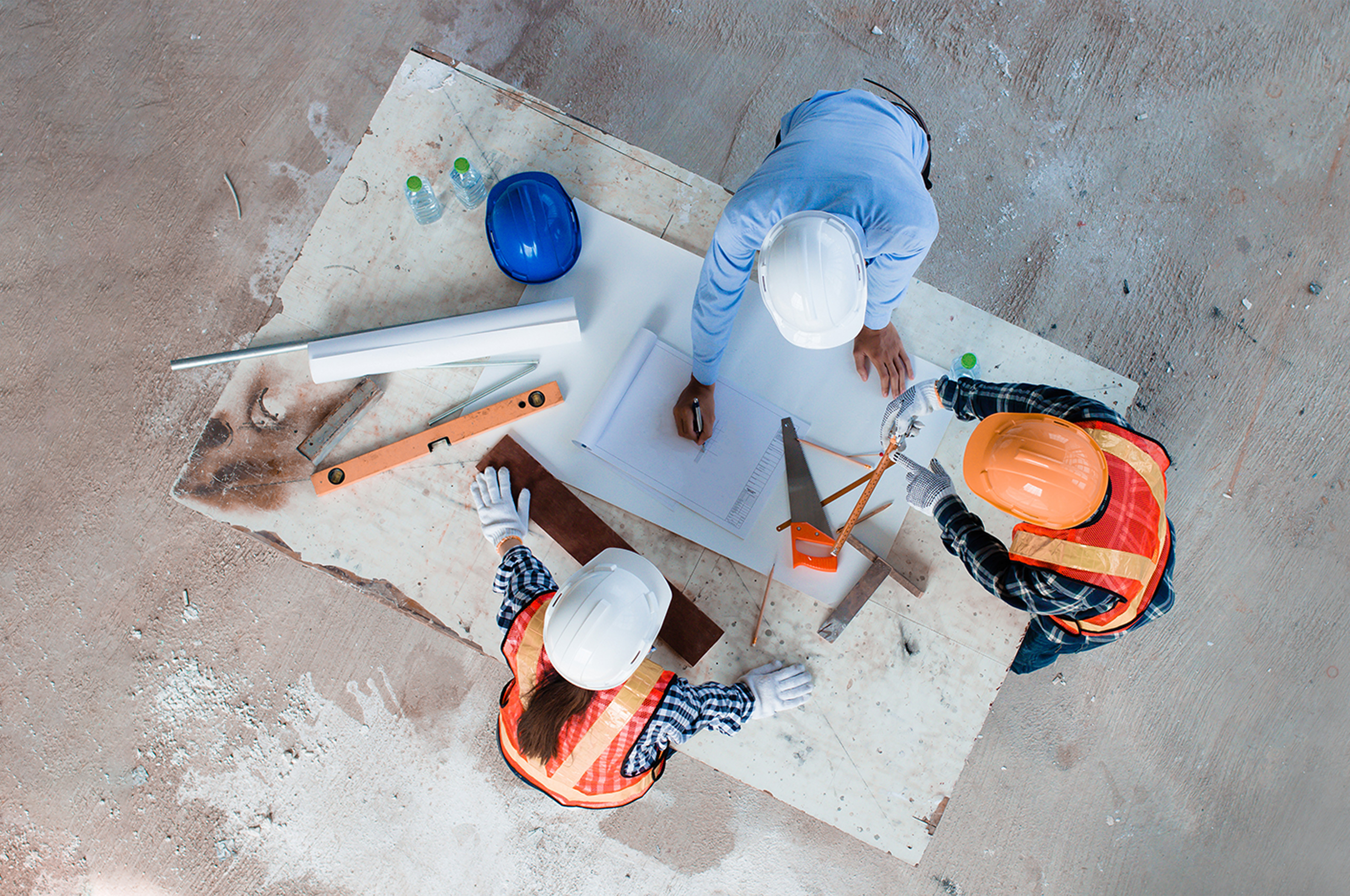Research in the Department of Engineering

The Department of Engineering is recognised nationally and internationally for its research.
The Australian Research Council’s Excellence in Research for Australia ranks our engineering research as above world standard and civil engineering research as well above world standard.
Department researchers are key players in several strategic initiatives in regional Victoria, including the Central Victorian Advanced Manufacturing initiative, and are involved in Cooperative Research Centres including SmartCrete.
Our research aligns with La Trobe’s Sustainable food and agriculture and Resilient environments and communities research themes.
Research areas
Our researchers work closely with industry to tackle the significant engineering problems of our time.
Our research is grouped into five key areas:
Area lead: Associate Professor Ing Kong
Research on advanced polymer composites is being driven by a demand for new materials that can be used in cutting-edge technologies.
Our team is dedicated to both fundamental scientific and industrial oriented research, focusing on the design, creation, processing and performance of advanced polymer and functional composite materials.
Our research has applications in the biomedical, automotive, aerospace and defence industries.
We have expertise in functional polymer nanocomposites used in antibacterial, biocompatible, self-cleaning, stimuli-responsive and conductive solutions. We work on biodegradable polymer nanocomposites used for tissue engineering and bioinspired composites.
Our researchers also specialise in 3D printing of polymers and composites, 3D bioprinting of tissues, and development of polymer composites from waste materials, industry by-products and renewable resources.
Area lead: Associate Professor Thuc Vo
Rapid developments in technology mean that it is now common to use composite structures, or laminated, functionally graded materials, in micro/nanoelectromechanical systems. These materials play a key role in communications, automated manufacturing and defence.
Our research team use computational methods to develop micro/nano structures for industry purposes.
We also specialise in using machine learning models in civil engineering. These models provide alternative design parameters when testing is not possible, reducing the time and effort spent in experiments and increasing the efficiency of many structural engineering applications.
Our researchers are experts in finite element methods and isogeometric analysis. We model and simulate laminated structures for size effects, predict structural response and performance using machine learning models, interpret experimental data and formulate machine learning models to predict material properties.
Area lead: Professor Hossam Aboel Naga
Over the last three decades, geotechnical engineering research applications have been expanded to include geoenvironmental and geoenergy challenges.
These challenges include designing containment or barrier systems to protect ground water from possible contamination by industrial and municipal waste; remediation of contaminated ground; mitigating the effects of climate change on infrastructure; harvesting shallow geothermal energy using deep foundations; and consolidating soft ground using thermal or chemical processes.
Our team contribute to this research area by exploring soil behaviour under multi-coupled physical/chemical actions.
We investigate the behaviour of saturated and unsaturated soils under different multi-coupled physical/chemical actions. We also undertake constitutive modelling, make advances in experimental techniques, and research heat and mass transfer through soil.
We work on ground improvement using chemical or thermal processes, and optimise underground structures including foundations, walls and tunnels, and engineer clay barriers.
Area lead: Dr Ali Rashidi
The construction industry is at the forefront of digital transformation, embracing cutting-edge technologies to meet the demands of modern, efficient and sustainable building practices. Our researchers explore advanced systems and technologies that drive innovation in the construction industry. Our work focuses on integrating data-driven processes, automation and cyber-physical systems to enhance project planning, productivity and sustainability.
Our research activities focus on Virtual Design and Construction (VDC) practices, leveraging Building Information Modelling (BIM) and digital twin technologies to enable seamless collaboration and real-time decision-making. By incorporating Artificial Intelligence (AI) and Machine Learning (ML), we develop solutions for automated construction progress monitoring, predictive analytics and workflow optimisation.
Our expertise also extends to extended reality (VR/AR/MR) technologies, creating immersive environments for workforce capability training, decision support and on-site interaction. These tools bridge physical and digital realms, fostering human-centered engagement and improving construction management processes.
Our research supports modern methods of construction (MMC), emphasising human-centered value, efficiency and innovation to transform construction processes, systems and project outcomes. Our goal is to empower the construction sector with technologies for a smarter, more connected built environment.
Area lead: Associate Professor Robert Ross
Robotics is no longer science fiction. Today, it has become an essential tool to perform repetitive, dangerous and dirty jobs across many industries.
At the same time, there is an increasing need for industry to make decisions based on accurate, timely and appropriate sensor data. In many cases, these fields overlap, with robots becoming a sensor platform to collect and analyse data.
Our team is dedicated to developing and using functional prototypes for industry. We have developed robotic systems for condition assessment within sewers, exploratory robots within wombat burrows, real time underwater image enhancement, Internet of Things for wildlife and pest control, and agricultural robotic pruning systems. We use our mechanical (3D printing, abrasive waterjet, laser and milling) and electronic (embedded design and PCB fabrication) prototyping capabilities to bring ideas to reality.